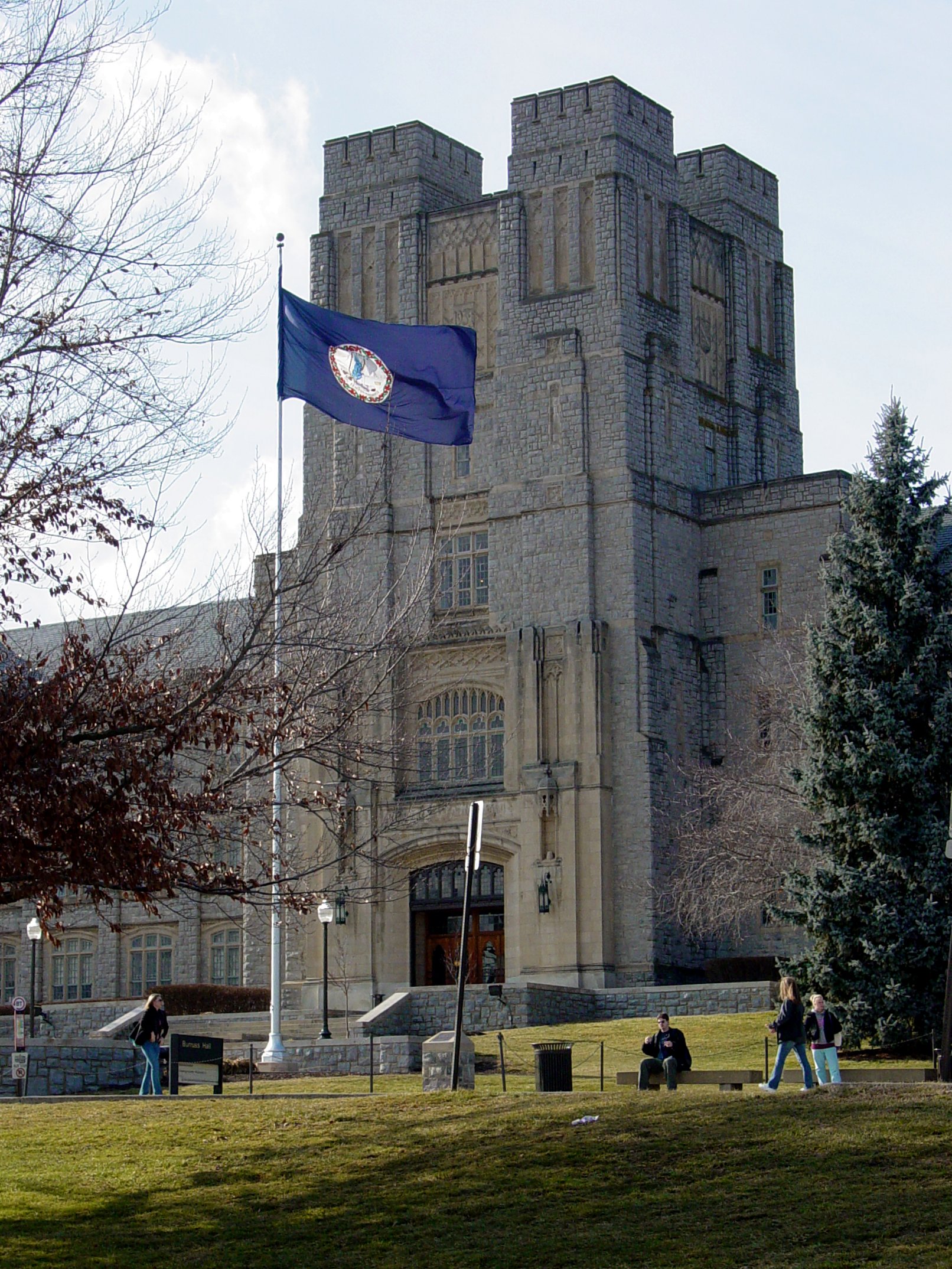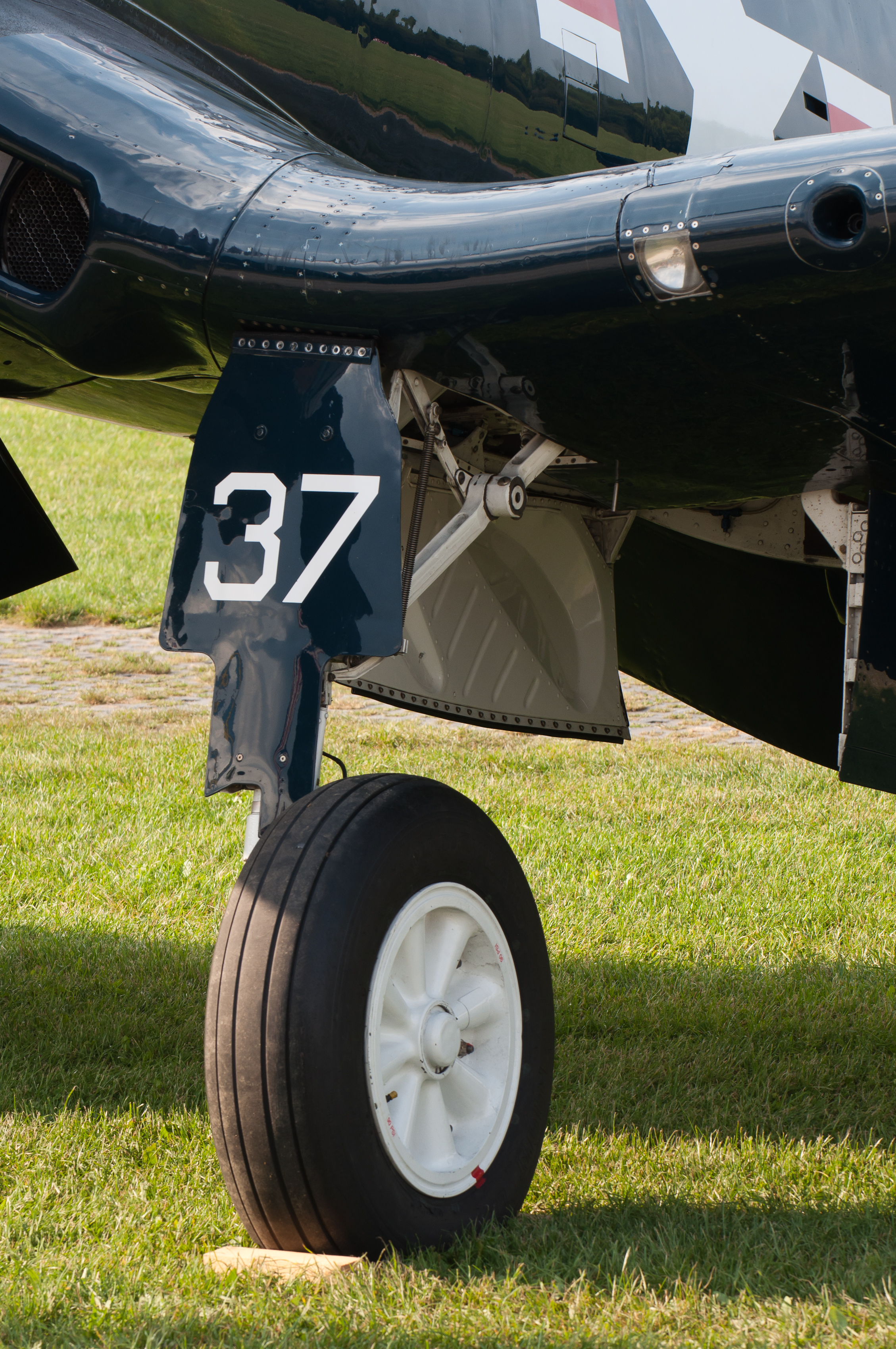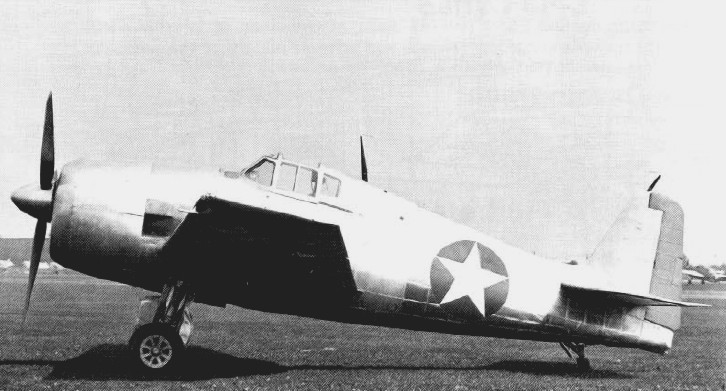|
Edwin Foresman Schoch
Edwin Foresman Schoch (September 13, 1916 – September 13, 1951) was a United States Navy aeronautical engineer, combat pilot and test pilot. As a lieutenant in the United States Navy Reserve, Naval Reserve, he flew in combat against Japanese forces in the Pacific. After the war's end, he became one of the most renowned test pilots at McDonnell Aircraft Corporation and test-flew several experimental and early-model jet fighters including the McDonnell XF-85 Goblin, XF-85 Goblin. Early years Born in Oakmont, Pennsylvania, in 1916 to a family in the railroad industry that moved several times as he was growing up, Schoch graduated from South Park High School (Buffalo, New York), South Park High School in Buffalo, New York. He worked for several years as a railroad clerk, saving money during the Great Depression so that he could attend college. He enrolled in Virginia Polytechnic Institute (VPI) in Blacksburg, Virginia, and graduated with a degree in mechanical engineering and a ... [...More Info...] [...Related Items...] OR: [Wikipedia] [Google] [Baidu] |
Oakmont, Pennsylvania
Oakmont is a borough (Pennsylvania), borough in Allegheny County, Pennsylvania, United States, along the Allegheny River. The population was 6,758 at the 2020 United States census, 2020 census. It is a suburb in the Pittsburgh metropolitan area. The borough is best known for the nearby Oakmont Country Club, a premier golf course that has been the site of numerous U.S. Open golf tournaments. History Oakmont began in 1816 when a farmer, Michael Bright, bought a large tract of land northeast of Pittsburgh. The settlement took its name from a landmark tree, as the deed description reads, "Beginning at a black oak on the bank of the Allegheny River ..." It was incorporated in 1889. The Edgewater Steel Company site was a 2.3-acre facility that underwent cleanup under the United States Environmental Protection Agency, Environmental Protection Agency's Resource Conservation and Recovery Act (RCRA). Previously operated by Edgewater Steel until its shutdown in 2001, the site has seen va ... [...More Info...] [...Related Items...] OR: [Wikipedia] [Google] [Baidu] |
Virginia Polytechnic Institute
The Virginia Polytechnic Institute and State University, commonly referred to as Virginia Tech (VT), is a Public university, public Land-grant college, land-grant research university with its main campus in Blacksburg, Virginia, United States. It was founded as the Virginia Agricultural and Mechanical College in 1872. The university also has educational facilities in six regions statewide, a research center in Punta Cana, Dominican Republic, and a study-abroad site in Riva San Vitale, Switzerland. Through its Virginia Tech Corps of Cadets, Corps of Cadets Reserve Officers' Training Corps, ROTC program, Virginia Tech is a United States Senior Military College, senior military college. Virginia Tech offers 280 undergraduate and graduate degree programs to its 37,000 students; as of 2016, it was the state's second-largest public university by enrollment. It is Carnegie Classification of Institutions of Higher Education, classified among "R1: Doctoral Universities – Very high r ... [...More Info...] [...Related Items...] OR: [Wikipedia] [Google] [Baidu] |
McDonnell FH Phantom
The McDonnell FH Phantom is a twinjet, straight-wing, carrier-based fighter aircraft designed and first flown during late World War II for the United States Navy. As a first-generation jet fighter, the Phantom was the first purely jet-powered aircraft to land on an American aircraft carrier and the first jet deployed by the United States Marine Corps. Although only 62 FH-1s were built it helped prove the viability of carrier-based jet fighters. As McDonnell's first successful fighter, it led to the development of the follow-on F2H Banshee, which was one of the two most important naval jet fighters of the Korean War; combined, the two established McDonnell as an important supplier of navy aircraft. McDonnell chose to bring the name back with the third-generation, Mach 2-capable McDonnell Douglas F-4 Phantom II, the most versatile and widely used Western combat aircraft of the Vietnam War era. The FH Phantom was originally designated the FD Phantom, but this was changed as the ... [...More Info...] [...Related Items...] OR: [Wikipedia] [Google] [Baidu] |
USS Lake Champlain (CV-39)
USS ''Lake Champlain'' (CV/CVA/CVS-39) was one of 24 s completed during or shortly after World War II for the United States Navy. She was the second US Navy ship to bear the name, named for the Battle of Lake Champlain in the War of 1812. Commissioned on 3 June 1945, ''Lake Champlain'' did not participate in World War II combat operations. She served as a transport, bringing troops home from Europe as part of Operation Magic Carpet. Like many of her sister ships, she was decommissioned shortly after the war but was modernized and recommissioned in the early 1950s. Redesignated as an attack carrier (CVA), she participated in the Korean War before spending the rest of her career in the Atlantic, Caribbean, and Mediterranean. In the late 1950s, she was redesignated as an antisubmarine carrier (CVS). ''Lake Champlain'' was the prime recovery ship for the first crewed Project Mercury mission (''Freedom 7''), the second uncrewed Gemini mission (Gemini 2), and the third crewed Gemini ... [...More Info...] [...Related Items...] OR: [Wikipedia] [Google] [Baidu] |
Vought F4U Corsair
The Vought F4U Corsair is an American fighter aircraft that saw service primarily in World War II and the Korean War. Designed and initially manufactured by Vought, Chance Vought, the Corsair was soon in great demand; additional production contracts were given to Goodyear Aerospace, Goodyear, whose Corsairs were designated FG, and Brewster Aeronautical Corporation, Brewster, designated F3A. The Corsair was designed and principally operated as a carrier-based aircraft, and entered service in large numbers with the U.S. Navy and Marines in World War II. It quickly became one of the most capable carrier-based fighter-bombers of the war. Some Japanese pilots regarded it as the most formidable American fighter and U.S. naval aviators achieved an 11:1 kill ratio. Early problems with carrier landings and logistics led to it being eclipsed as the dominant carrier-based fighter by the Grumman F6F Hellcat, powered by the same Pratt & Whitney R-2800 Double Wasp, Double Wasp engine first f ... [...More Info...] [...Related Items...] OR: [Wikipedia] [Google] [Baidu] |
Battle Of Leyte Gulf
The Battle of Leyte Gulf () 23–26 October 1944, was the largest naval battle of World War II and by some criteria the largest naval battle in history, with over 200,000 naval personnel involved. By late 1944, Japan possessed fewer capital ships (aircraft carriers and battleships) than the Allies of World War II, Allied forces had total aircraft carriers in the Pacific, which underscored the disparity in force strength at that point in the war. After the catastrophic Battle of the Philippine Sea in June 1944, senior Japanese military leaders understood that Japan's remaining naval forces were incapable of achieving a strategic victory against the Allies. However, the Japanese general staff believed that continuing to contest Allied offensives at sea was necessary, in order to both deter a future invasion of mainland Japan and to give the Japanese navy an opportunity to utilize its remaining strength. As a result, the Imperial Japanese Navy () mobilized nearly all of its remaini ... [...More Info...] [...Related Items...] OR: [Wikipedia] [Google] [Baidu] |
Grumman F6F Hellcat
The Grumman F6F Hellcat is an American Carrier-based aircraft, carrier-based fighter aircraft of World War II. Designed to replace the earlier Grumman F4F Wildcat, F4F Wildcat and to counter the Japanese Mitsubishi A6M Zero, it was the United States Navy's dominant fighter in the second half of the Pacific War. In gaining that role, it prevailed over its faster competitor, the Vought F4U Corsair, which initially had problems with visibility and carrier landings. Powered by a Pratt & Whitney R-2800 Double Wasp, the same powerplant used for both the Corsair and the United States Army Air Forces (USAAF) Republic P-47 Thunderbolt fighters, the F6F was an entirely new design, but it still resembled the Wildcat in many ways. Some military observers tagged the Hellcat as the "Wildcat's big brother".Sullivan 1979, p. 4. The F6F made its combat debut in September 1943. It subsequently established itself as a rugged, well-designed carrier fighter, which was able to outperform the A6M Zer ... [...More Info...] [...Related Items...] OR: [Wikipedia] [Google] [Baidu] |
USS Lexington (CV-16)
USS ''Lexington'' (CV/CVA/CVS/CVT/AVT-16) is an built during World War II for the United States Navy. Originally intended to be named ''Cabot'', the new aircraft carrier was renamed while under construction to commemorate the recently lost , becoming the sixth U.S. Navy ship to bear the name in honor of the Battle of Lexington. ''Lexington'' was commissioned in February 1943 and saw extensive service through the Pacific War. For much of her service, she acted as the flagship for Admiral Marc Mitscher, and led the Fast Carrier Task Force through their battles across the Pacific. She was the recipient of 11 battle stars and the Presidential Unit Citation. Following the war, ''Lexington'' was decommissioned, but was modernized and reactivated in the early 1950s, being reclassified as an attack carrier (CVA). Later, she was reclassified as an antisubmarine carrier (CVS). In her second career, she operated both in the Atlantic/Mediterranean and the Pacific, but spent most of her ti ... [...More Info...] [...Related Items...] OR: [Wikipedia] [Google] [Baidu] |
01 Ed Schoch & 0S2U
1 (one, unit, unity) is a number, numeral, and glyph. It is the first and smallest positive integer of the infinite sequence of natural numbers. This fundamental property has led to its unique uses in other fields, ranging from science to sports, where it commonly denotes the first, leading, or top thing in a group. 1 is the unit of counting or measurement, a determiner for singular nouns, and a gender-neutral pronoun. Historically, the representation of 1 evolved from ancient Sumerian and Babylonian symbols to the modern Arabic numeral. In mathematics, 1 is the multiplicative identity, meaning that any number multiplied by 1 equals the same number. 1 is by convention not considered a prime number. In digital technology, 1 represents the "on" state in binary code, the foundation of computing. Philosophically, 1 symbolizes the ultimate reality or source of existence in various traditions. In mathematics The number 1 is the first natural number after 0. Each natural number, ... [...More Info...] [...Related Items...] OR: [Wikipedia] [Google] [Baidu] |
Seaman Apprentice
Seaman apprentice is the second lowest enlisted rate in the U.S. Navy, U.S. Coast Guard, and the U.S. Naval Sea Cadet Corps just above seaman recruit and below seaman; this rank was formerly known as seaman second class. The current rank of seaman apprentice should not be confused with the rank of apprentice seaman which was the lowest Navy rank from 1904 to 1948. In the old system apprentice seaman was followed by seaman 2nd class and seaman 1st class. (The three tiered rank system for seamen dates from the 18th Century Royal Navy when the ranks were called landsman, ordinary seaman and able seaman.) The actual title for an E-2 in the U.S. Navy varies based on the community to which the sailor belongs. Likewise, the color of their group rate marks also depends on their community. * Those in the general deck and administrative community are seamen apprentice. They wear white stripes on navy blue uniforms, and navy blue (black) stripes on white uniforms. * Hospital ... [...More Info...] [...Related Items...] OR: [Wikipedia] [Google] [Baidu] |
Fighter Aircraft
Fighter aircraft (early on also ''pursuit aircraft'') are military aircraft designed primarily for air-to-air combat. In military conflict, the role of fighter aircraft is to establish air supremacy, air superiority of the battlespace. Domination of the airspace above a battlefield permits bombers and attack aircraft to engage in tactical bombing, tactical and strategic bombing of enemy targets, and helps prevent the enemy from doing the same. The key performance features of a fighter include not only its firepower but also its high speed and maneuverability relative to the target aircraft. The success or failure of a combatant's efforts to gain air superiority hinges on several factors including the skill of its pilots, the tactical soundness of its doctrine for deploying its fighters, and the numbers and performance of those fighters. Many modern fighter aircraft also have secondary capabilities such as ground-attack aircraft, ground attack and some types, such as fighter-b ... [...More Info...] [...Related Items...] OR: [Wikipedia] [Google] [Baidu] |






